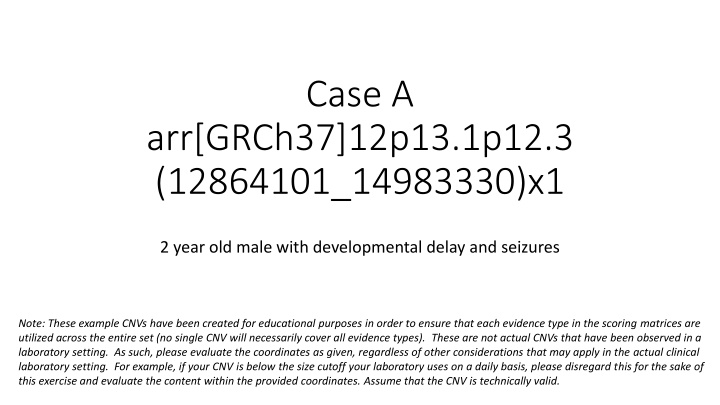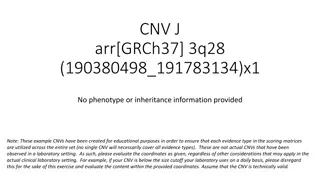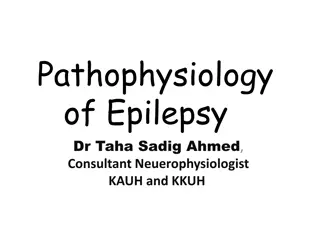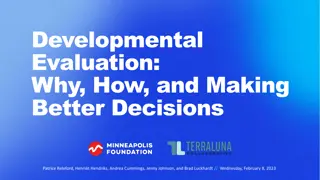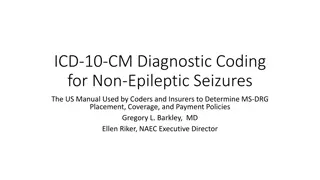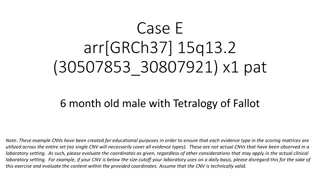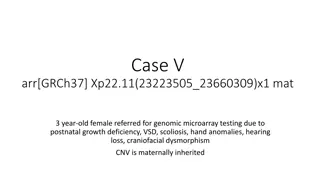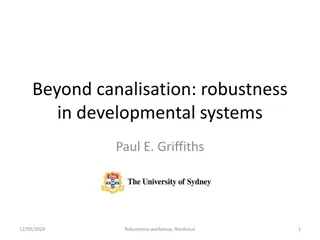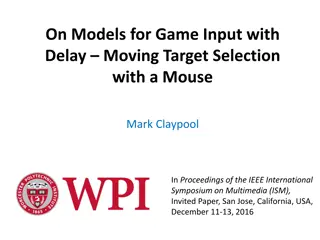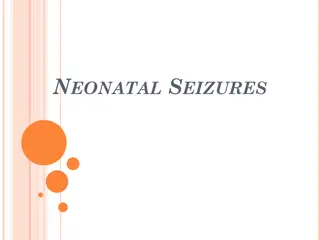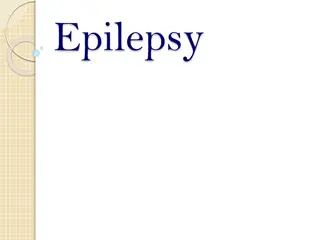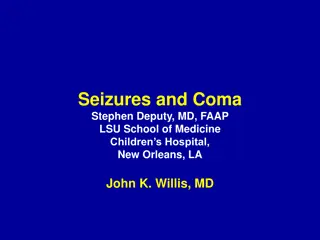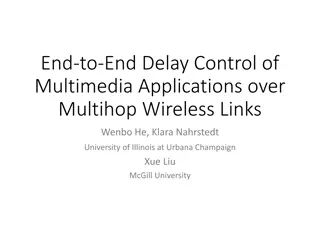Comprehensive Assessment of a Pathogenic CNV in a 2-Year-Old Male with Developmental Delay and Seizures
In this case study, a 2-year-old male presenting with developmental delay and seizures was evaluated for a CNV at the 12p13.1p12.3 region. The CNV was found to overlap with the GRIN2B gene, a known haploinsufficient gene associated with developmental disorders. Despite potential additional scoring considerations, the classification of the CNV was deemed pathogenic based on the established evidence. Further gene analysis and assessment were recommended to explore any additional relevant information.
Uploaded on Sep 13, 2024 | 4 Views
Download Presentation

Please find below an Image/Link to download the presentation.
The content on the website is provided AS IS for your information and personal use only. It may not be sold, licensed, or shared on other websites without obtaining consent from the author.If you encounter any issues during the download, it is possible that the publisher has removed the file from their server.
You are allowed to download the files provided on this website for personal or commercial use, subject to the condition that they are used lawfully. All files are the property of their respective owners.
The content on the website is provided AS IS for your information and personal use only. It may not be sold, licensed, or shared on other websites without obtaining consent from the author.
E N D
Presentation Transcript
Case A arr[GRCh37]12p13.1p12.3 (12864101_14983330)x1 2 year old male with developmental delay and seizures Note: These example CNVs have been created for educational purposes in order to ensure that each evidence type in the scoring matrices are utilized across the entire set (no single CNV will necessarily cover all evidence types). These are not actual CNVs that have been observed in a laboratory setting. As such, please evaluate the coordinates as given, regardless of other considerations that may apply in the actual clinical laboratory setting. For example, if your CNV is below the size cutoff your laboratory uses on a daily basis, please disregard this for the sake of this exercise and evaluate the content within the provided coordinates. Assume that the CNV is technically valid.
Clinical Information arr[GRCh37]12p13.1p12.3(12864101_14983330)x1 2 year old male with developmental delay and seizures Inheritance is unknown Use the LOSS scoring metric
Section 1: Initial Assessment of Genomic Content Case A Genes contained Would apply category 1A (contains protein-coding or other known functionally important elements), as this deletion includes several protein- coding genes. 0 points; continue evaluation Total: 0 points
Section 2: Overlap with Established/Predicted HI or Established Benign Genes/Genomic Regions Complete loss of GRIN2B, known HI gene
Date last evaluated: September 25, 2019 Total: 1 point
Classification: Pathogenic At this point, because we know this deletion completely overlaps a known dosage sensitive gene, we can apply category 2A (1 point) Even though GRIN2B also has gnomAD pLI/LOEUF and DECIPHER HI scores that could warrant application of category 2H, we will not ALSO apply this, because it would be double counting We already know that GRIN2B is haploinsufficient given the abundance of case- level evidence; we should not assign additional points for being predicted haploinsufficient Though the classification of the CNV has been made, it is still worthwhile to look at the other genes in the region to determine if there is other relevant information to report. For the purposes of this example, we will also walk through the remaining sections of the metric.
Section 3: Evaluation of Gene Number Category 3A: 0-24 genes, 0 points c
Section 4: Detailed Evaluation of Genomic Content Since GRIN2B is a known HI gene, there is no need to collect additional case-level evidence to further support this gene. However, let s take a look at the following: Other genes in the region is there anything else we should be mentioning in our report? Population data - make sure there is no contradictory information.
Are there any other genes of potential relevance for the report? Review these for inheritance, mechanism
Brackets around the phenotype indicate nondisease (e.g., apparently abnormal lab test values) Evidence comes from a single family questionable. Potentially relevant, investigate further
CDKN1B Variants in this gene have been associated with a multiple endocrine neoplasia-like syndrome ( MEN4, per OMIM). Characterized by acromegaly, primary hyperparathyroidism, and multiple endocrine and/or gastro-entero-pancreatic tumors Onset typically in adulthood Autosomal Dominant As of March 2020, this gene has not been formally evaluated by ClinGen for Dosage Sensitivity Gene-Disease Validity: Definitive for MEN4 Reports of putative LOF variants in individuals with MEN4 phenotype PMIDs: 30990521, 17519308, 17030811, 24819502, 29036195, etc. Worth mentioning in the report Potential for future screening for proband
Population Data: DGV Gold Standard Numerous small DGV gold standard variants throughout the region. Nothing approximating the loss of this entire region. Let s look closer at the variants within GRIN2B.
The DGV Gold Standard variants within GRIN2B all appear to be intronic. These are unlikely to result in loss of GRIN2B function, and do not contribute contradictory evidence to our case.
Population Data: gnomAD SV 15.7 Mb Inversion No pLOF structural variants involving GRIN2B No other significant/relevant population variants in this region.
Section 5: Evaluation of Inheritance Pattern/Family History for Patient Being Studied CNV is pathogenic regardless of patient s presentation due to complete loss of a known HI gene, GRIN2B In this example, however, your patient s phenotype is non-specific (developmental delays and seizures) but consistent with what has been reported for this gene Though it is not necessary, category 5G could be applied, even though inheritance information is not available for your particular case.
Conclusion Final points based on publicly available evidence: 1.0 Classification: Pathogenic Classification is driven by the complete loss of GRIN2B, a known HI gene Worth noting the complete loss of CDKN1B, a gene associated with a tumor predisposition syndrome. Evidence suggests LOF is a potential disease mechanism.
